Innovative Approaches to Biodegradable Plastic Packaging Bags: Pioneering Sustainability in Flexible Packaging
The global push toward circular economies has ignited unprecedented innovation in biodegradable plastic packaging bags, with researchers and manufacturers racing to develop solutions that balance functionality, cost, and environmental impact. As the EU’s Packaging and Packaging Waste Regulation (PPWR) tightens restrictions on single-use plastics, and consumers demand genuinely compostable options, next-gen biodegradable plastic packaging bags are emerging as game-changers. From enzyme-enhanced degradation to marine-safe polymers, let’s explore the breakthroughs redefining this critical sector.
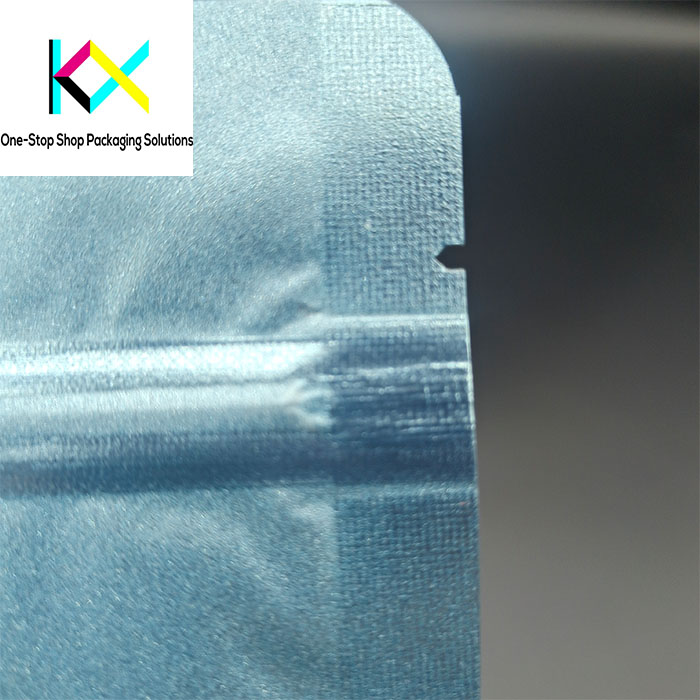
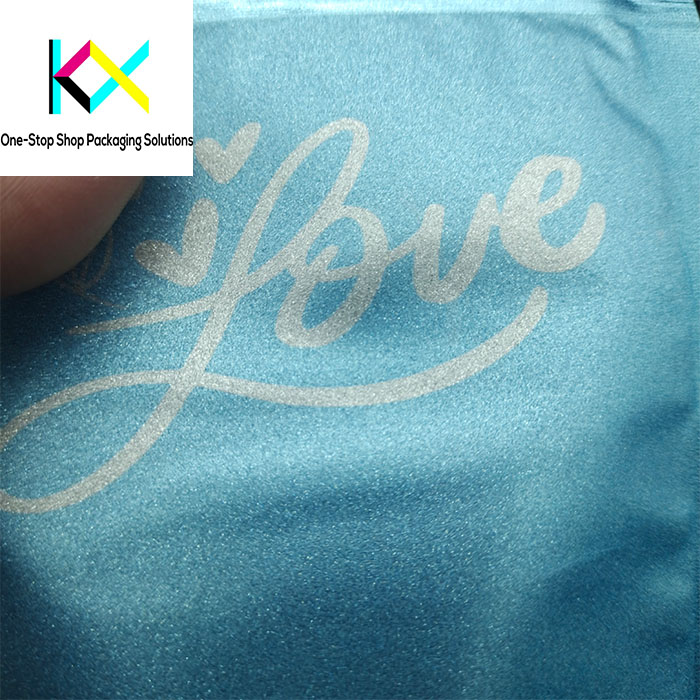
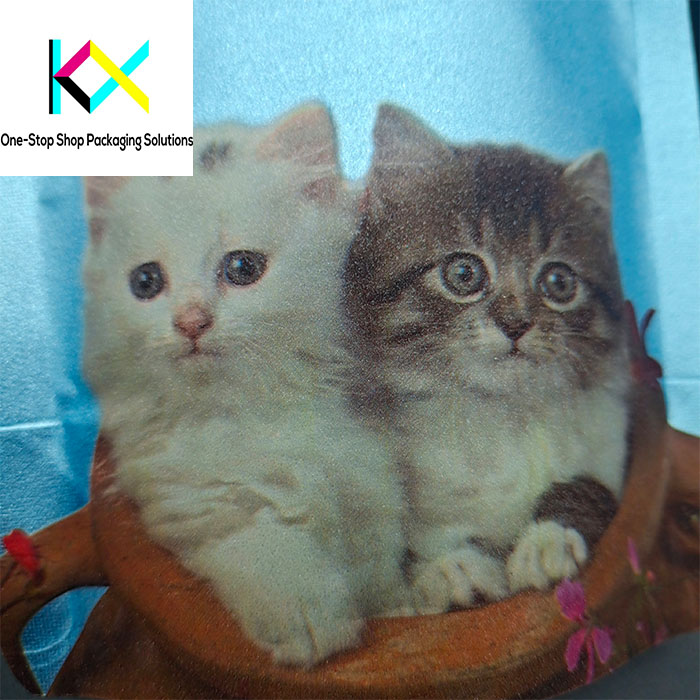
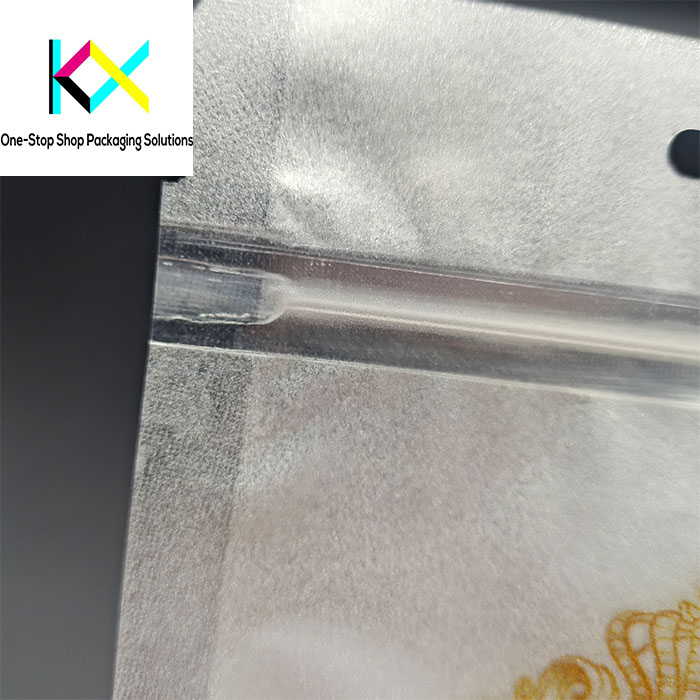
1. Enzyme-Accelerated Decomposition
Traditional biodegradable plastics often require industrial composting facilities, but new biodegradable plastic packaging bags leverage embedded enzymes to break down in natural environments:
NaturLoop’s BioBlend™: Incorporates lipase enzymes that activate in soil, achieving 90% decomposition in 6 months.
Seawater-Safe Formulas: Cove’s HydraMarine bags use marine microbe-targeted enzymes, degrading in ocean water within 2 years without microplastic residue.
Consumer Education: QR codes link to decomposition instructions, as seen in Notpla’s seaweed-blended biodegradable plastic packaging bags.
Regulatory Edge: These innovations align with France’s AGEC Law, which bans non-home-compostable packaging by 2025.
2. Nanocellulose Composite Materials
Forestry byproducts are being transformed into high-strength biodegradable plastic packaging bags:
Stora Enso’s Cellufoil™: Combines nanocellulose with PLA for tear-resistant food pouches that decompose in backyard compost bins.
UV-Blocking Additives: Lignin nanoparticles protect organic snacks from light degradation while maintaining compostability.
Carbon-Negative Production: Soktas’ Turkish hemp-based nanocellulose process absorbs 2x the CO₂ emitted during manufacturing.
Case Study: German retailer Alnatura now uses these bags for dried fruits, cutting plastic waste by 70% versus conventional options.
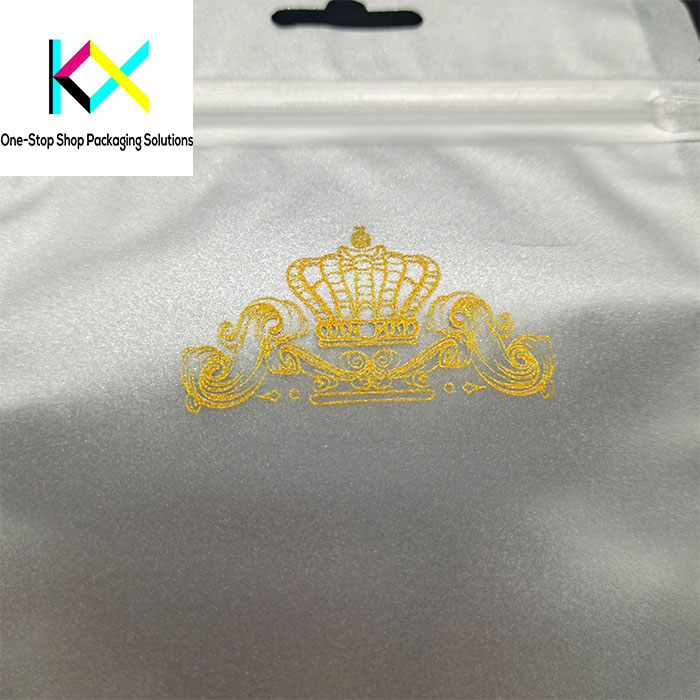
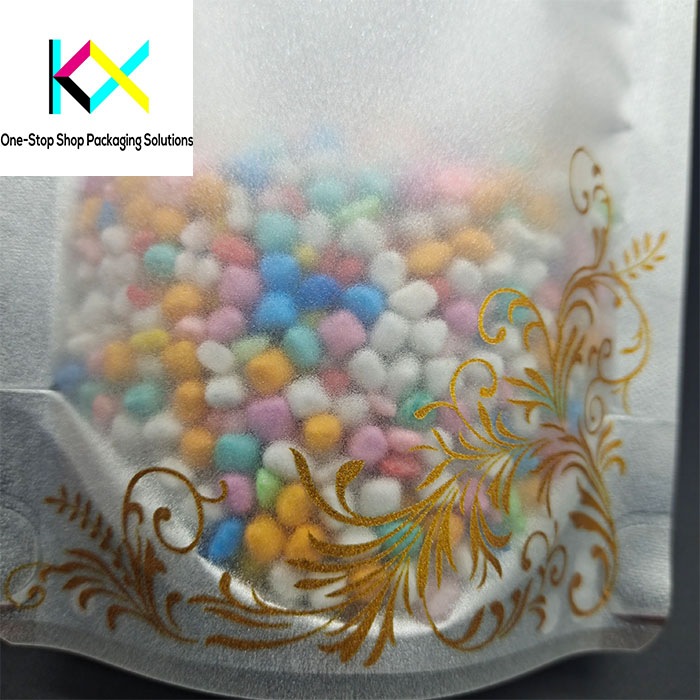
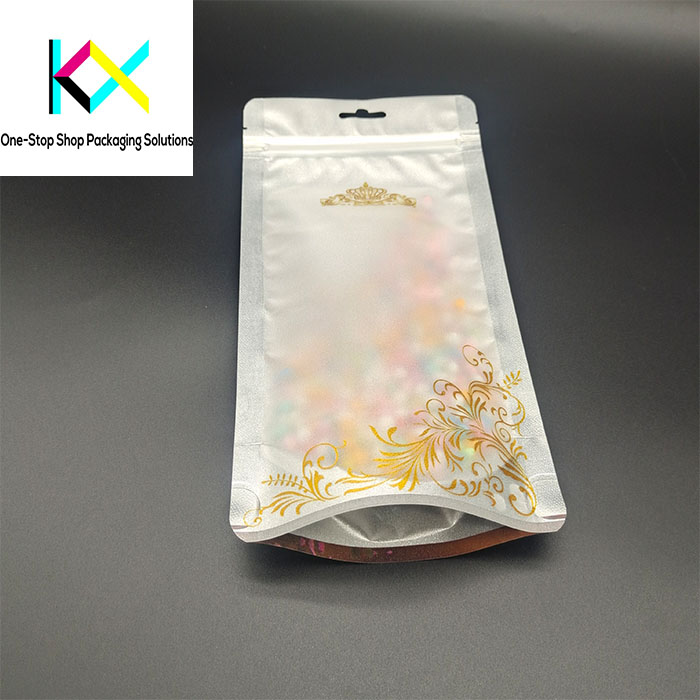

3. Algae-Based Polymer Blends
Harnessing aquatic biomass, biodegradable plastic packaging bags now offer marine-safe alternatives:
Algenesis’s Solesom™: Derived from algae oil, these bags biodegrade in 12 weeks in seawater and meet ASTM D6691 standards.
Dual-Function Pigments: Algae extracts provide natural coloration, eliminating synthetic dyes in Puma’s limited-edition shoe bags.
Closed-Loop Systems: Algae cultivators like Corbion partner with packaging firms to use CO₂ from decomposition for new biomass growth.
Market Impact: Surf brands like Patagonia now use algae-based biodegradable plastic packaging bags for wetsuit packaging.
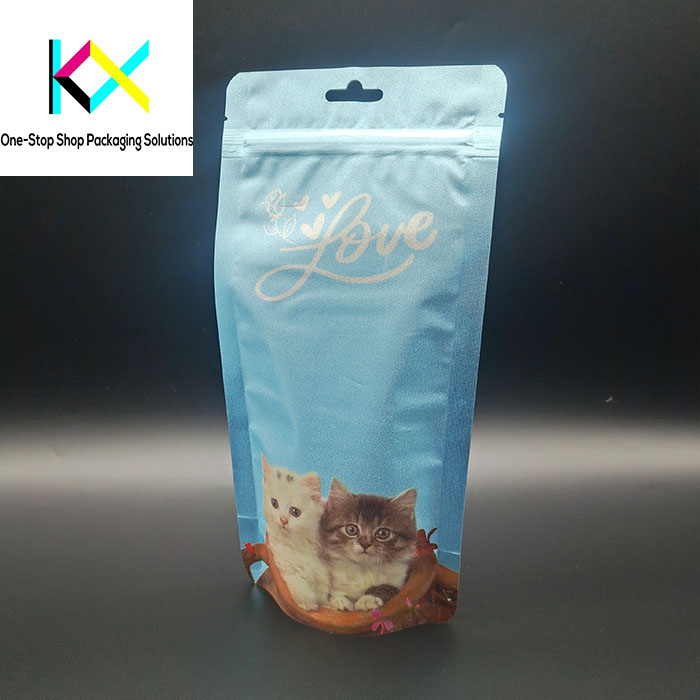
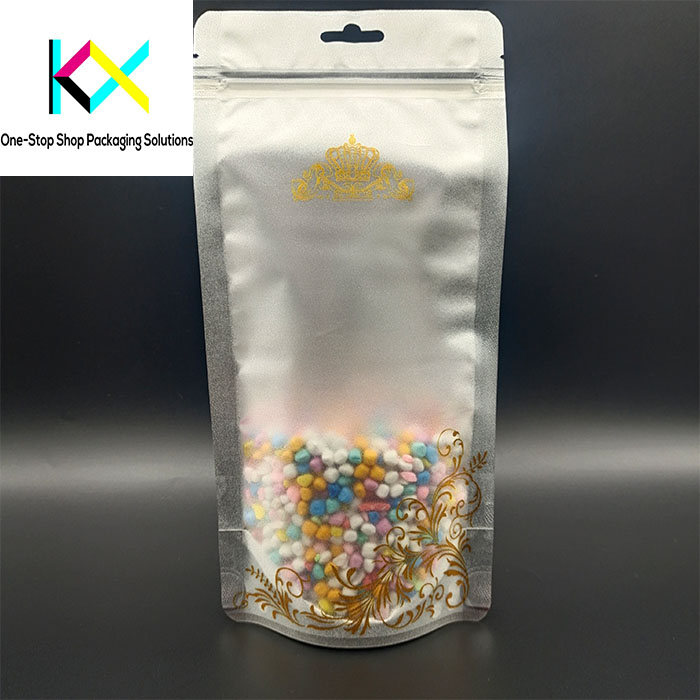
4. 3D-Printed Compostable Structures
Additive manufacturing is enabling custom biodegradable plastic packaging bags with precision performance:
Voronoi Design Tech: Algorithm-generated honeycomb structures reduce material use by 50% while maintaining burst strength.
Localized Production: Desktop Health’s BioFabricator prints on-demand bags at grocery stores, slashing transport emissions.
Medical-Grade Sterility: 3D-printed PLA/PHBV blends are used for biodegradable IV solution pouches in EU hospitals.
Sustainability Plus: Spool’s recycled PETG filament allows failed prints to be reused, achieving zero factory waste.
5. Blockchain-Enabled Degradation Tracking
Transparency is critical for verifying biodegradable plastic packaging bags:
Ethereum Smart Contracts: Klabin’s Brazilian sugarcane bags trigger decomposition proofs uploaded to blockchain.
Farm-to-Compost Traceability: Nestlé’s YES! snack bars use IBM Food Trust to track biodegradation progress.
Consumer Incentives: RePack’s deposit system rewards users who scan composted bags with loyalty points.
Regulatory Compliance: Meets EU Digital Product Passport requirements launching in 2026.
6. Self-Decomposing Smart Packaging
Phase-change materials are creating biodegradable plastic packaging bags that self-initiate breakdown:
Temperature-Triggered Release: BASF’s Luculent™ capsules rupture at 25°C, releasing microbes to accelerate decomposition.
Moisture-Activated Systems: Mitsubishi’s AgriTomorrow bags for seed starters dissolve upon soil contact.
Edible Coatings: WikiFoods’ seaweed wraps biodegrade within hours, trialed for Unilever’s ice cream mini-bars.
Challenges & Future Outlook
While innovations abound, hurdles remain:
Cost Parity: Bio-based resins still cost 2–3x more than conventional plastics.
Standardization: Varying regional composting infrastructures complicate certification (e.g., TUV OK HOME vs. BPI).
Performance Trade-offs: Balancing barrier properties with rapid decomposition.
The Road Ahead:
CRISPR-Engineered Microbes: Custom organisms to digest specific polymer blends.
Solar-Driven Degradation: Photocatalytic additives activated by UV light.
Hybrid Mycelium Networks: Mushroom roots reinforcing biodegradable matrices.
Why Partner with Pioneers?
Leading suppliers now offer:
Home-Compostable Certification (AS5810/EN13432)
Marine Degradation Testing
Small-Batch 3D Printing
Blockchain Integration
At EcoFlex Solutions, our biodegradable plastic packaging bags combine algae-based polymers with enzyme triggers, achieving 12-week soil decomposition without compromising moisture barriers. Recently, we helped a leading snack brand reduce packaging-related emissions by 65% while meeting France’s AGEC mandates.
The Bottom Line: The era of greenwashing is over. With regulations tightening and consumers demanding authenticity, biodegradable plastic packaging bags that deliver measurable environmental benefits are no longer optional—they’re the cornerstone of tomorrow’s sustainable packaging ecosystem.
You can visit our website to know more about our flexible packaging pouch:
